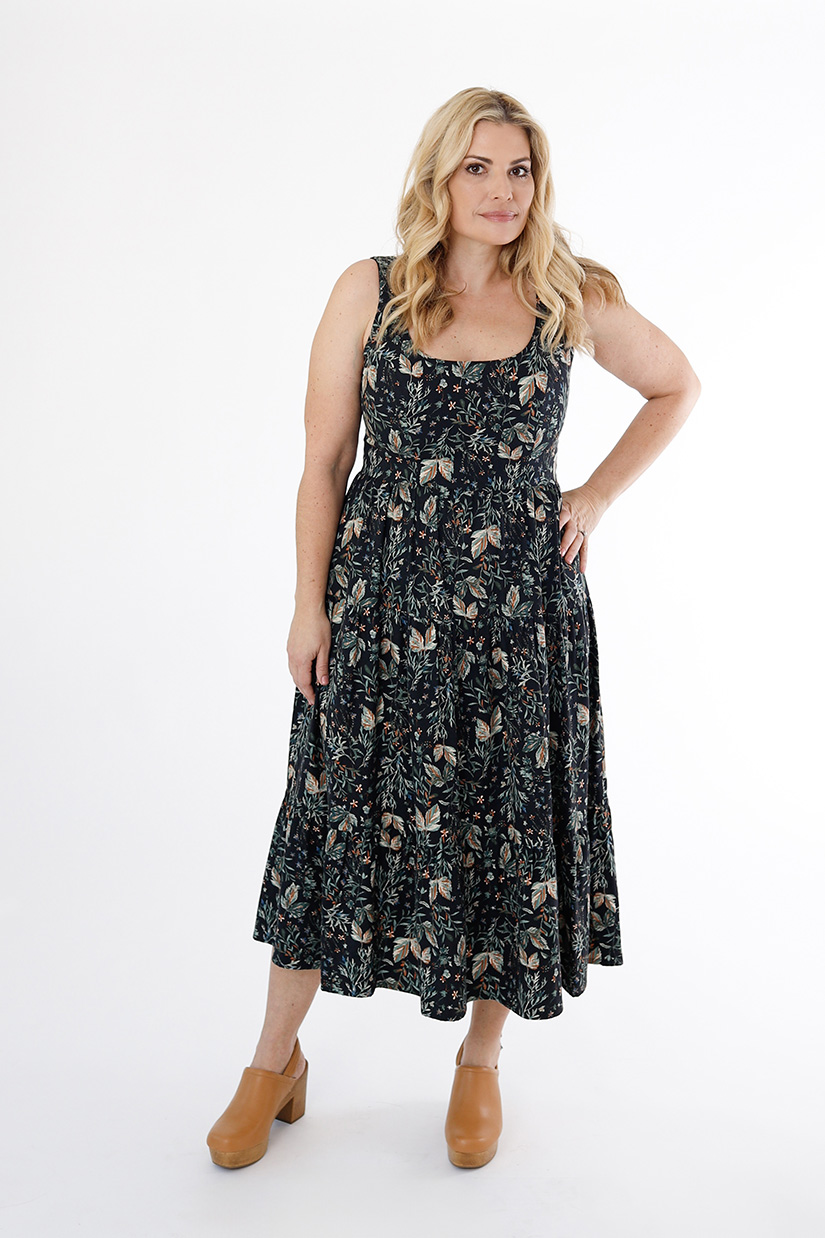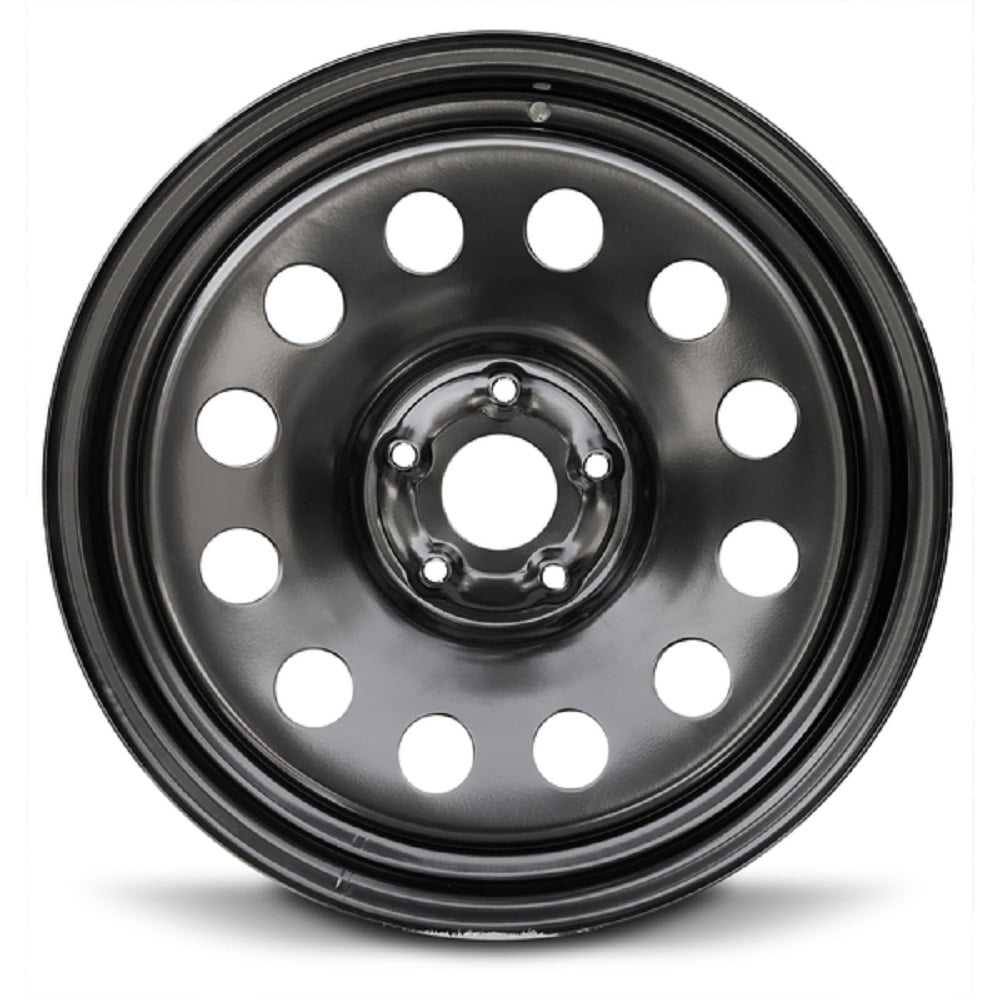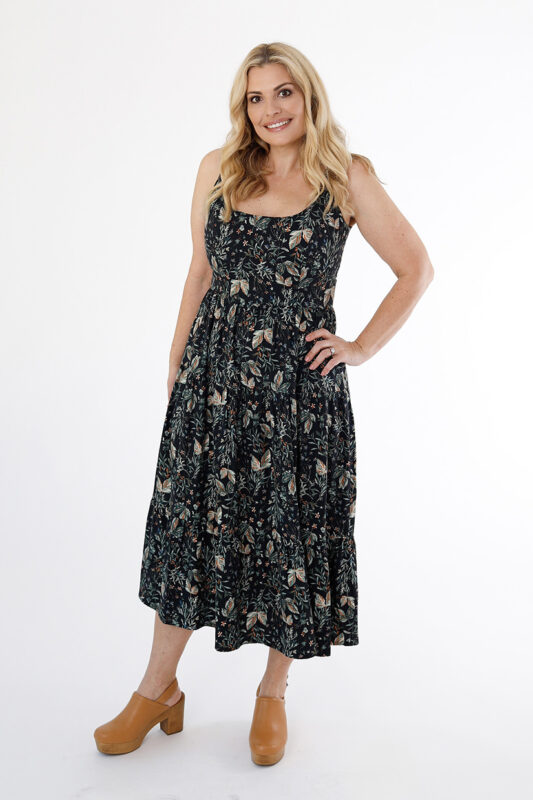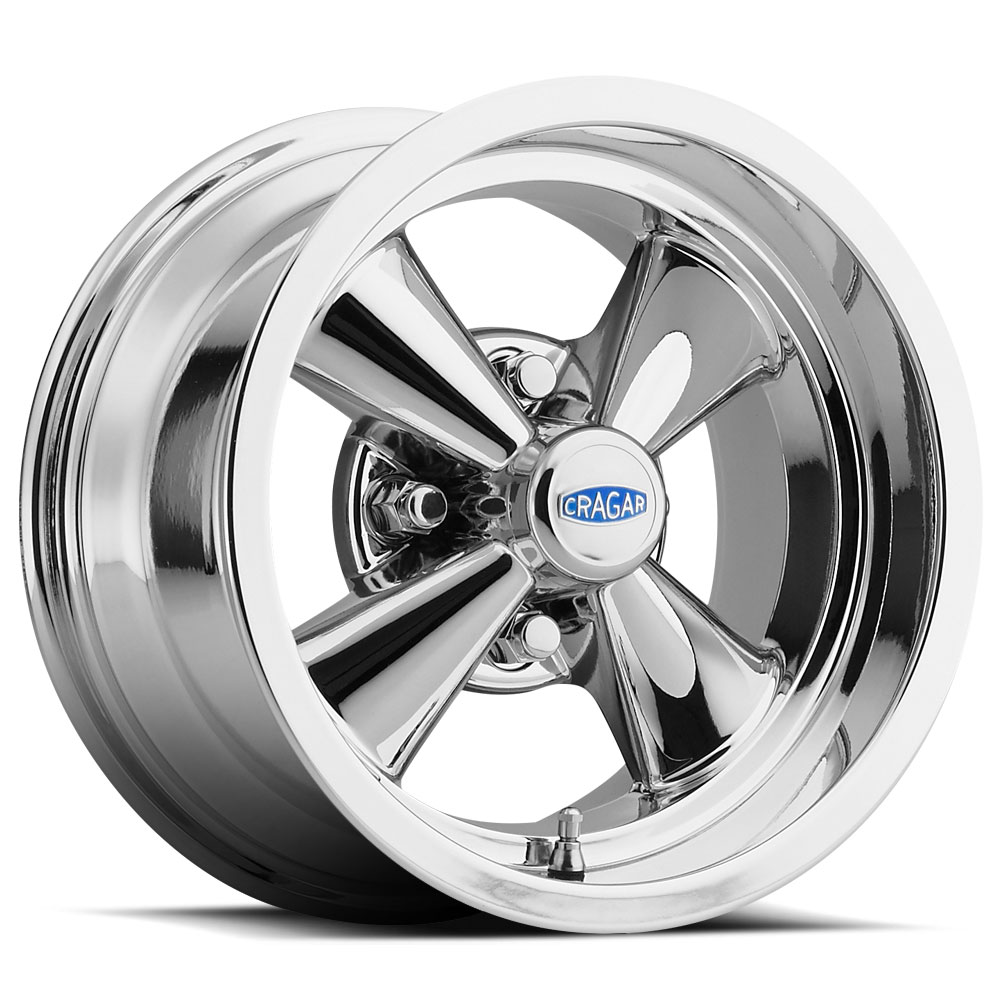Oh Shay Wheels 4 Bolt Pattern For Sale – The durability and longevity of these products mean they don’t need to be replaced as frequently, reducing the need for constant purchases and ultimately saving money in the process. Our emotional lives, our personal narratives, and even our deepest fears have been monetized. Another key benefit of second-hand goods is their positive impact on the environment. Conversely, periods of economic growth may lead to more businesses being sold due to increased valuations and higher demand. This has opened up new possibilities for people to find exactly what they’re looking for, whether it’s a specific brand of furniture or a limited edition item that was once sold out. Additionally, second-hand furniture allows buyers to find unique items that may not be available in traditional furniture stores. The sale and purchase of second-hand goods play a pivotal role in this transition, demonstrating how individuals can make a meaningful impact through everyday choices. In this world, emotions can feel like products, available to be consumed at will and disposed of when they no longer serve a purpose. In conclusion, second-hand goods for sale represent more than just a financial transaction; they embody a shift toward sustainability, individuality, and social responsibility. Negotiation is often the most delicate part of the sale process. This ensures that the product is fully functional and free of defects, providing peace of mind for buyers. One common concern is the risk of purchasing items that are damaged or not as described. In some cases, selling second-hand items can be a way to make a significant profit, especially if the items are rare, vintage, or in high demand. Everything for sale. The rise of minimalist living, which emphasizes owning fewer, more meaningful possessions, has played a role in this shift. The world of second-hand goods for sale is vast and varied, encompassing everything from clothing, electronics, and furniture, to books, antiques, and collectibles. The idea of “buying quality” is not just a luxury; it’s a mindset that encourages consumers to think beyond the momentary gratification of cheap purchases and focus instead on long-term value and satisfaction. When a person creates something, they are offering a piece of themselves to the world, not for sale, but as a gift. However, there’s also an argument to be made that, over time, quality goods are often more economical in the long run. On the other hand, buyers may seek to negotiate lower terms based on the findings from their due diligence or their assessment of the business’s future potential.

ford model A wire spoke wheel 4 lug rim shay replica reproduction 1979
5/5 (25k reviews) Top ratingsexclusive dealspopular dealscompare prices

Shay PDF Pattern Chalk and Notch
Top ratingsexclusive dealspopular dealscompare prices 5/5 (25k reviews)

MTH 2038821 Chesapeake & Ohio 4Truck Shay Steam Engine w/ProtoSoun
5/5 (25k reviews) Top ratingsexclusive dealspopular dealscompare prices

Dodge Ram Five Lug Bolt Pattern
5/5 (25k reviews) Top ratingsexclusive dealspopular dealscompare prices

Shay PDF Pattern Chalk and Notch
Top ratingsexclusive dealspopular dealscompare prices 5/5 (25k reviews)
Mustang 4 Lug Bolt Pattern
5/5 (25k reviews) Top ratingsexclusive dealspopular dealscompare prices

US Wheel Series 54 16×8 Raw Rallye, 5×4.5/4.75 Bolt Pattern, 4 BS, 13
Top ratingsexclusive dealspopular dealscompare prices 5/5 (25k reviews)

Shay PDF Pattern Chalk and Notch
5/5 (25k reviews) Top ratingsexclusive dealspopular dealscompare prices

4 Lug Wheels And Tires
5/5 (25k reviews) Top ratingsexclusive dealspopular dealscompare prices

4 Lug OEM Style Steel Wheel, Mangels Style, 15 x 5.5", 4 1/4" Back
Top ratingsexclusive dealspopular dealscompare prices 5/5 (25k reviews)
In some cases, it’s not just objects that are for sale, but entire industries or institutions. There is also a growing trend of online platforms that facilitate the buying and selling of businesses. Second-hand goods for sale are no longer seen as inferior or out-of-date, but rather as a conscious, stylish, and eco-friendly choice. The digital age has also transformed the way things are bought and sold. Historically, many products were made by local craftsmen, and there was a direct relationship between the creator and the consumer. The resale of pre-owned clothing has become a booming industry in recent years, with second-hand stores and online marketplaces thriving as more consumers opt for affordable, sustainable alternatives to fast fashion. Whether through local thrift stores, online marketplaces, or garage sales, the option to buy pre-owned items has created a flourishing market that continues to grow. For some, selling something may feel like a sacrifice, while for others, it may feel like an investment in their future. For example, someone might be able to purchase a used smartphone or laptop with the same features and specifications as a brand-new model, but at a significantly reduced price. While buying and selling second-hand items can come with its challenges, the rewards—both financially and environmentally—make it a worthwhile pursuit for many people. The “for sale” sign becomes a marker in time, a decision that has been made, signaling that it’s time to move on. We are all participants in a vast, interconnected economy, one that doesn’t just involve physical goods but extends to ideas, relationships, and even identities. The items placed for sale are not merely commodities; they are often vessels of memories, symbols of past achievements, or representations of something bigger than the price tag they carry. A business for sale is not always as it appears on the surface, and the buyer must examine the company’s financial statements, contracts, debts, and even its customer relationships before deciding whether to proceed with the transaction. The struggle is not in resisting the marketplace entirely, but in finding balance, in ensuring that the things that truly matter cannot be bought, sold, or traded. For when everything is for sale, it’s easy to forget that the most important things in life are not commodities; they are experiences, relationships, and moments of connection that cannot be measured in dollars and cents. Beyond financial savings and environmental impact, second-hand goods also offer a sense of nostalgia and connection to the past. For the seller, the goal is to achieve the highest price possible for the business, while for the buyer, the goal is often to secure a fair price that reflects the true value of the business. We live in a society where people constantly trade their time for money, their expertise for compensation, their dreams for tangible rewards. For buyers, the process typically starts with identifying a business that aligns with their interests, skills, and goals.
For sellers, the market for second-hand goods offers an opportunity to declutter their homes and make some extra money. The buying and selling of companies, brands, and even entire industries can reshape economies, alter job markets, and redefine how goods and services are delivered. These platforms often provide tools that help streamline the due diligence process, including access to financial documents, business valuations, and other relevant data. Additionally, second-hand furniture allows buyers to find unique items that may not be available in traditional furniture stores. The struggle is not in resisting the marketplace entirely, but in finding balance, in ensuring that the things that truly matter cannot be bought, sold, or traded. It is subjective, shaped by cultural norms, individual preferences, and the evolving standards of various industries. This has made it easier for people to find items that might have otherwise been out of reach, whether it’s a rare collectible, an antique, or a product from another country. Quality goods for sale are not just limited to luxury items or high-end brands. The idea of being “for sale” also touches on larger cultural and societal themes. Moreover, buying second-hand items allows consumers to access unique and vintage products that may no longer be available in stores, offering a sense of individuality that is often missing from mass-produced, new items. For those who are passionate about antiques, art, and memorabilia, the second-hand market offers endless possibilities for finding unique and valuable items that can be passed down through generations or added to a collection. The rise of online platforms has transformed the way second-hand goods are bought and sold. When people choose quality goods, they are choosing longevity over convenience, enduring craftsmanship over temporary trends, and often, a timeless aesthetic over what is in vogue today. When consumers buy these goods, they are investing in both the product and the people behind it. Additionally, brick-and-mortar thrift stores and consignment shops provide a more traditional avenue for selling second-hand goods. However, it’s also important to recognize the darker side of this freedom. The desire for more, the constant pursuit of bigger profits and greater influence, can lead to exploitation. There are communities that exist outside the realm of traditional commerce, where sharing, collaboration, and mutual support take precedence over profit. Whether it's old furniture that no longer fits with their style, clothing that no longer fits, or electronics they no longer use, selling second-hand items allows individuals to recoup some of the money they spent on these goods. Many online platforms also allow buyers and sellers to leave feedback and reviews, helping to build trust and credibility in the transaction.